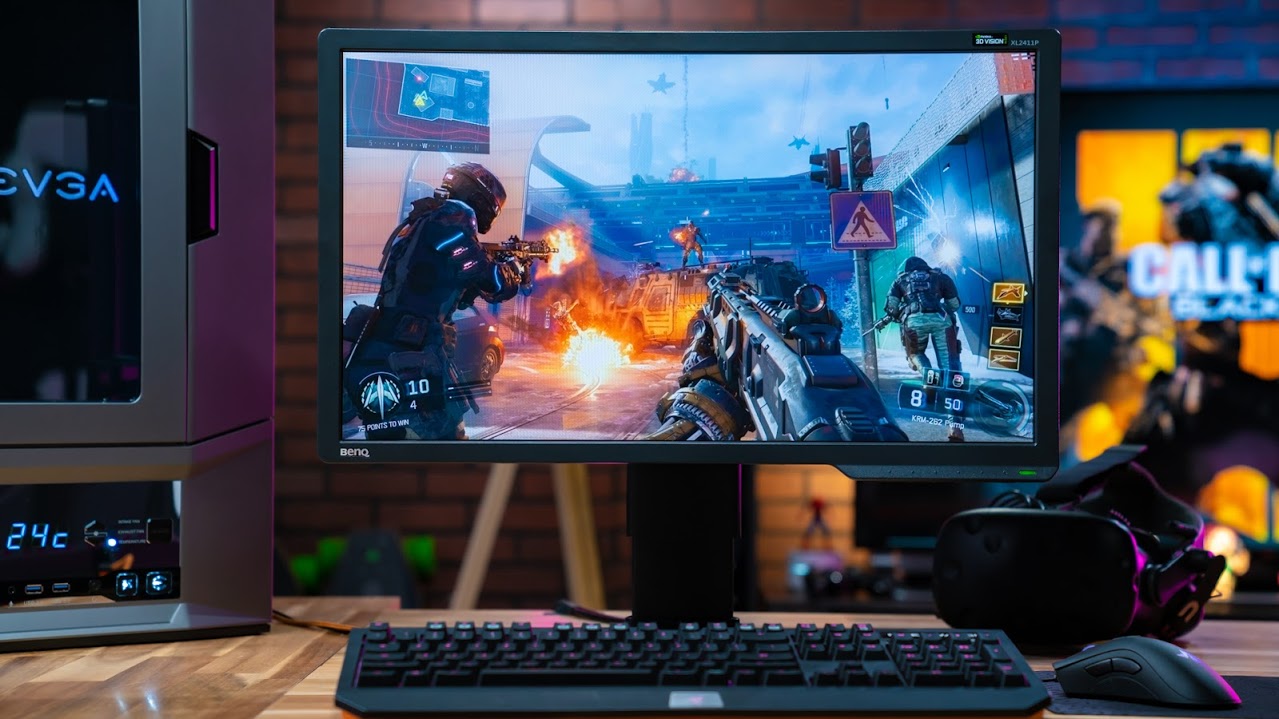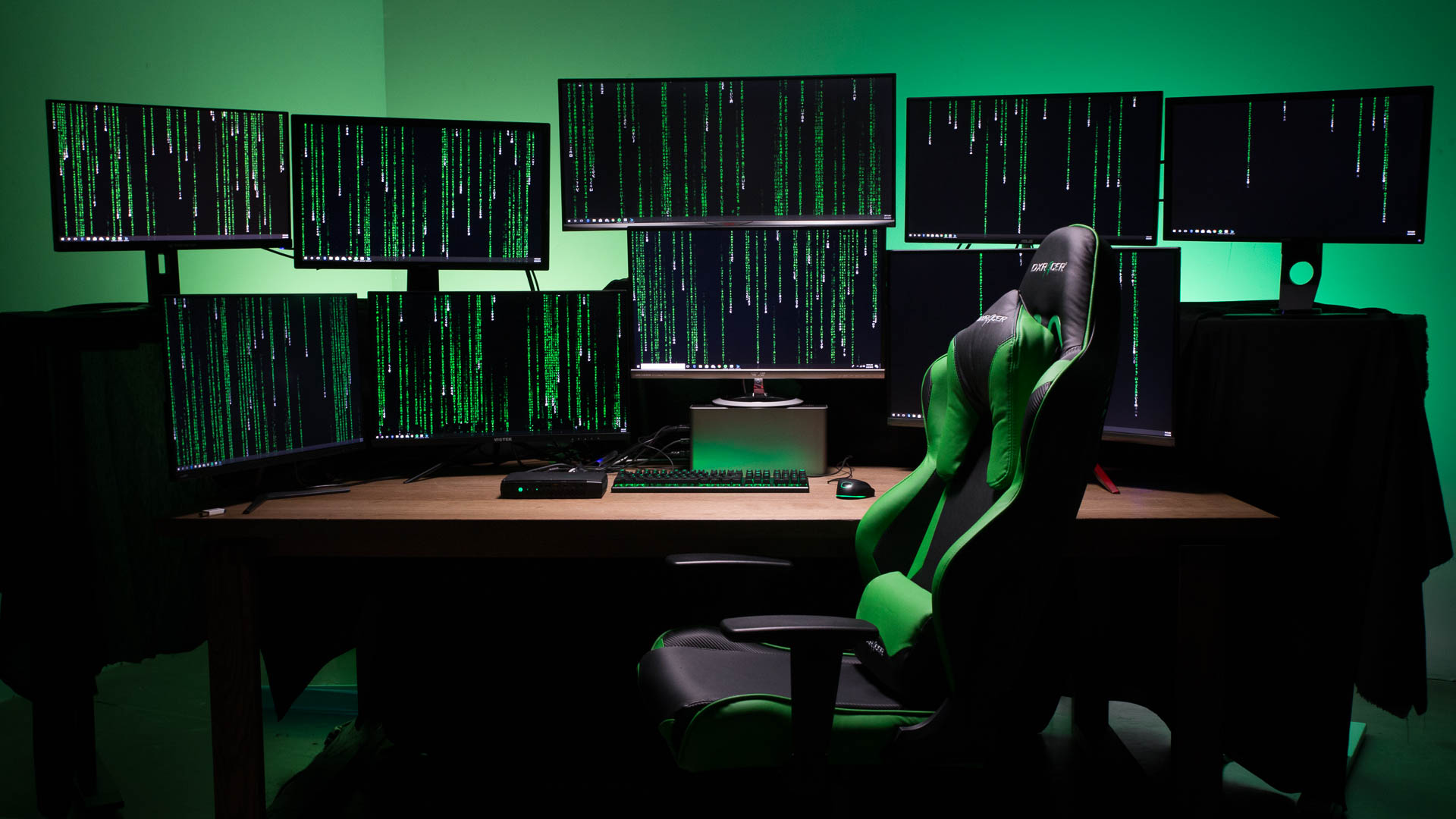
When choosing a new monitor, there are a lot of factors to consider. The size and resolution are a great place to start, but other features like refresh rate, panel, aspect ratio, and response time can also impact your experience. Response time in particular is frequently overlooked when talking about monitor features, but it’s important!
Here’s why response time matters.
How LCD Displays Work
Response time gets to the basics of display technology, so it’s worth reviewing how LCD displays operate.
An LCD display consists of a grid of pixels illuminated by a backlight. The amount of pixels on a panel determines the display’s resolution. It’s a frequently referenced metric; 1920×1080 means the display is 1,920 pixels horizontally by 1,080 pixels top to bottom.
The PC’s GPU sends information to the display, and those instructions dictate the color of each pixel. When all the pixels work in unison, they create the image you see on screen. In order to simulate movement, the image on the display has to change many times per second, and that means the pixels are frequently changing color.
How quickly they are able to change color is where response time comes in.
What is Response Time?
Response time refers to the amount of time it takes a pixel to transition from one color to another, and then back again. This process is sometimes referred to as G2G, or Grey-to-Grey, referring to a specific color transition often used as a baseline metric. Because this transition occurs in fractions of a second, it’s measured in milliseconds (ms).
The faster the response time, the smoother the viewing experience. A response time of less than 5ms is considered ideal for a gaming display, though many modern gaming displays have a response time of 1ms.
Different display manufacturers use different testing methodologies, so G2G is not a universally recognized measurement. That said, it’s a useful indicator of response time and provides insight into the performance capabilities of a display.
What is Ghosting?
A slow response time can result in a visual artifact called “ghosting,” where the transition of pixels on a screen leaves a trail behind the moving object. This is due to the pixels not transitioning fast enough. This can be annoying at best, but can be a serious hindrance in competitive games like VALORANT or League of Legends.
A lower pixel response time helps mitigate this issue.
Refresh Rate vs. Response Time
Though refresh rate and response time are both important metrics, they refer to different aspects of a monitor’s performance. Response time measures how quickly a pixel moves across a color spectrum and back. Refresh rate is the measurement of how many times per second the image on the display is redrawn.
You can learn more about refresh rate in this explainer.
Refresh rate and response time measure different display attributes, but they are connected by MPRT, or Moving Picture Response Time. MPRT refers to how long an individual pixel can be seen on a display. If the MPRT is high, this can contribute to ghosting or other undesirable visual artifacts. The impact on experience varies from person to person; some users might be very sensitive to MPRT, while others might notice it at all.
MPRT is closely connected to the speed of pixel activation and deactivation, which is tied to the display’s refresh rate. A low MPRT is desirable, and is another reason a display with a low response time and a high refresh rate is ideal.
Finding the Right Balance
Choosing the right display is all about finding the balance of features you’re looking to prioritize.
If you’re interested in gaming, a balance of high refresh rate and low response time is likely ideal. If you’re instead interested in professional applications, a higher resolution or a display with greater color accuracy might be a better fit.
Either way, it’s good to consider the display’s response time. If you’re interested in learning more about monitor technology, check out our thorough guide on finding the right gaming display.

